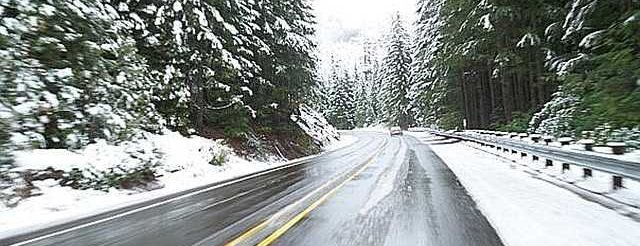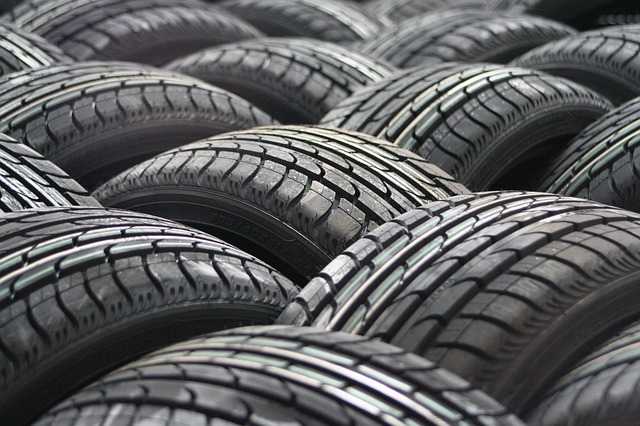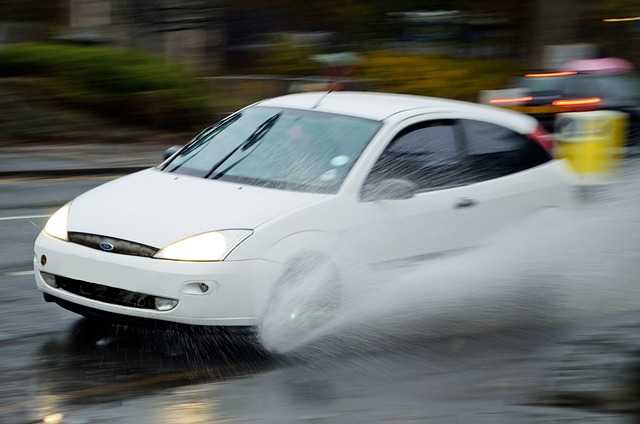Drive Safely This Winter
With winter at the doorstep, we all
need to prepare. For most of us that means getting our winter clothes
from storage, imagining snuggling with a thick down blanket and drink
hot coco by the fire. One must remember, however, that the car must also
be prepared for the cold season.
|
 |
|
1. Car checkups

Make sure that the brakes, wipers,
splashers, heating & defogging systems are in proper condition and
consider installing rubber pads on the paddles to prevent slippage.
Make sure that your tires are in good
condition, this means no serious cracks along the sides and that the
grooves are at-least 0.2 inches deep. Consider changing to winter tires
if possible.
Clean your windshield, windows and both front and back lights – visibility saves lives!
2. Driver’s comfort
Avoid wearing a coat in your car, it will limit your motion range and can lead to accidents.
Heavy-duty shoes/boots mean that you lose some of your sensitivity in your foot, so be more gentle with the acceleration paddle.
Maintain a pleasant temperature in
the vehicle, but avoid overheating as it leads to drowsiness. It is also
recommended that you keep a window open ajar, to allow for fresh air.
3. Keeping your distance
Braking distance on a wet road
doubles, and on a frozen one it’s even greater. Avoid tailgating at any
cost and try to keep at least double the distance from the next car.
Keep your eye out for the car behind
you, let speeders overtake you. You might think that if they crash into
you, it’s their fault, but you can still get hurt and your car will get
damaged.
When you stop (in traffic, for
example), there’s a chance that when you start again, your wheels will
lose traction and spin out. The same goes for the car ahead of you, so
keep your distance from it even at a traffic light.
|
|
4. Visibility
 Winter
weather can lead to decreased visibility (rain, fog, snow) which means
you might not notice obstacles on the road until it’s too late. Drive
slower to give yourself more time to react. Winter
weather can lead to decreased visibility (rain, fog, snow) which means
you might not notice obstacles on the road until it’s too late. Drive
slower to give yourself more time to react.
In cases of bad visibility, your
instinct is to squint in order to see better. This can tire out your
eyes quickly and make you lose focus. Practice relaxing your eyes and
you’ll be amazed how much better you can see. (This trick is used by
professional racers)
5. Understeering
The problem: as you turn, the front
of the car moves at a greater radius and the car turns less than you
intended. This will happen if the vehicle’s speed is higher in relation
to the turn radius and the tires’ grip on the road, or when you speed
too much during a turn.
Common mistake: your instinct may
tell you to turn the wheel more, but that would be a very bad idea – the
car isn’t understeering because the wheels aren’t facing the right way,
but rather because of low grip on the road.
The solution: move the vehicle’s
weight from back to front by slowing down. Sometimes it’s enough to just
let go of the acceleration, but I’d recommend applying gentle braking
force too. Don’t hit the brakes like in an emergency stop, but be quick
about it.
6. Over steering
The problem: the rear end of the car
pulls out and your turn is tighter than you planned. This may occur when
your rear tires wheels are not sufficiently inflated, when one rear
tire (or both) is worn out, or when a rear tire loses grip with the road
(because of a rock or an oil spill, etc.). It may also occur when
accelerating too much in low gear in a car with rear-drive.
Common mistake: your instinct is to
cut the wheel the other way and some people even try speeding up. This
reaction requires great skill to accurately correct the oversteer, and
the faster you go – the harder it will get. Many head-on collisions
happen when people try to correct an oversteer and end up in the
opposite lane. Even professional drivers must practice this technique
several times, but on the road – we only have one try…
The solution: a quick and decisive
brake one you feel the rear of the car starting to slide. I can’t
emphasize it enough – brake hard and brake fast, anything less will make
the situation worse! That way, your car will stop quickly and you’ll
avoid the oversteer. Now that the drama is over, you can slowly
accelerate and continue on your merry way.
|
|
7. Floatation
 The
problem: flotation occurs when you drive through a deep puddle. The
grooves on the tires can’t drain the water fast enough and the tire grip
is severely diminished. The
problem: flotation occurs when you drive through a deep puddle. The
grooves on the tires can’t drain the water fast enough and the tire grip
is severely diminished.
The solution: slow down before
hitting a puddle, and cross it in low speeds and keep your wheel as
straight as possible. If you’re driving a manual, use the clutch during
your “boat ride”. As soon as you’re out of the puddle, gently apply the
brake for 2-3 seconds to make sure the tires are drained and that grip
has been restored.
8. Acceleration
The problem: in wet and frozen roads,
grip is significantly low, increasing the likeliness of your wheels
over-spinning and losing grip on the road.
The solution (beginning of a drive):
manual cars should start slowly and in low gear. If your car has a
rain/snow/ice setting, use it! In any case, accelerate slowly and
steadily.
The solution (during a drive): accelerate slowly and gradually in any situation, and especially when coming out of a turn.
9. Gear choice
On a wet or frozen road, you should
use a higher gear than the one you’d use on a dry road. This is
particularly relevant in turns and road curves, but also in other
situations where we’d normally use a lower gear. The reason for this is
to reduce the car’s momentum and avoid the tires; losing their grip.
10. Emergency braking
The most important part of winter-driving safety!
The most effective brake for anyone
who isn’t a professional racer, is to brake fast and hard. Your vehicle
will stop in the shortest possible distance if you’re quick and
decisive. Pumping the brakes extends the braking distance considerably.
If your car has ABS (Antilock Brake
System), let the system do its job, it will prevent your wheels from
locking and your car will remain in your control. If you need to brake
in the middle of a turn, the system will cause the turn to be wider, but
you need to maintain your braking and keep your wheel in its original
direction.
If you don’t have ABS, your wheels
will lock and the car will maintain its bearing. If you need to avoid an
obstacle on the road, release the brakes half-way before you cut the
wheel, and once you’ve passed the obstacle – resume applying maximum
pressure on the brakes. If you’re in mid-turn, brake hard but not all
the way (about 70% through). If your wheels locked ease up on the brake
until you regain control.
|
mardi 21 octobre 2014
Drive Safely This Winter
Inscription à :
Publier les commentaires (Atom)
Aucun commentaire:
Enregistrer un commentaire